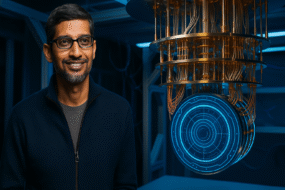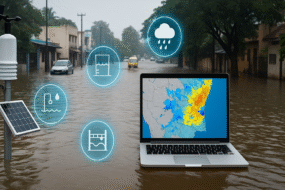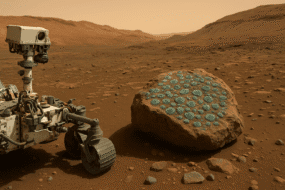In a groundbreaking demonstration of space-based disaster monitoring, NASA’s Guardian system successfully detected a tsunami and issued warnings 30 minutes before it reached land.
The event occurred in late July after a magnitude 8.8 earthquake struck off Russia’s Kamchatka Peninsula, one of the most seismically active regions on the planet. Although the resulting tsunami caused minimal damage, the incident provided a real-world test for Guardian (GNSS Upper Atmospheric Real-time Disaster Information and Alert Network), a new early warning technology developed at NASA’s Jet Propulsion Laboratory in California.
Guardian, which recently integrated artificial intelligence and a prototype messaging system, picked up atmospheric ripples caused by the massive quake. Within 20 minutes, it alerted scientists of distortions consistent with a tsunami. Crucially, the system confirmed the advancing waves 30–40 minutes before they reached Hawaii and other Pacific coasts on July 29, giving officials additional time to prepare.
“Those extra minutes of knowing something is coming could make a real difference when it comes to warning communities in the path,” said Siddharth Krishnamoorthy, a JPL scientist working on the project.
Unlike traditional tsunami forecasts that rely on seismic readings and sparse, costly deep-ocean sensors, Guardian leverages a global network of over 350 GNSS stations. By analysing subtle atmospheric changes in real time, the system can create a near-instant snapshot of tsunami activity.
Camille Martire, one of Guardian’s developers, noted that the system “functioned to its full extent,” successfully validating the technology’s speed and reliability. Experts say Guardian can extend warning times to as much as 80 minutes in certain scenarios, potentially saving thousands of lives.
Christopher Moore, director of the NOAA Center for Tsunami Research, praised Guardian’s role as a complementary tool: “It provides one more valuable data point to help us determine if evacuation orders are necessary.”
International experts, including Bill Fry of the UN’s Pacific tsunami early warning group, hailed Guardian as a “paradigm shift” in disaster preparedness. With its ability to detect oceanic disturbances directly from space, Guardian could transform global tsunami monitoring and strengthen next-generation forecasting systems.





